The healing power of nature has been the focus of countless studies looking to understand the relationship between humans and the natural world. In the early 1980’s the Forest Agency of Japan recommended forest bathing, or shinrin-yoku, which is the practice of taking regular strolls through the woods for better health. Since then, there has been substantial evidence to support the link between measurable human health benefits and time spent in nature. It follows, then, that the more time we spend in and around nature, the healthier and happier we will be.
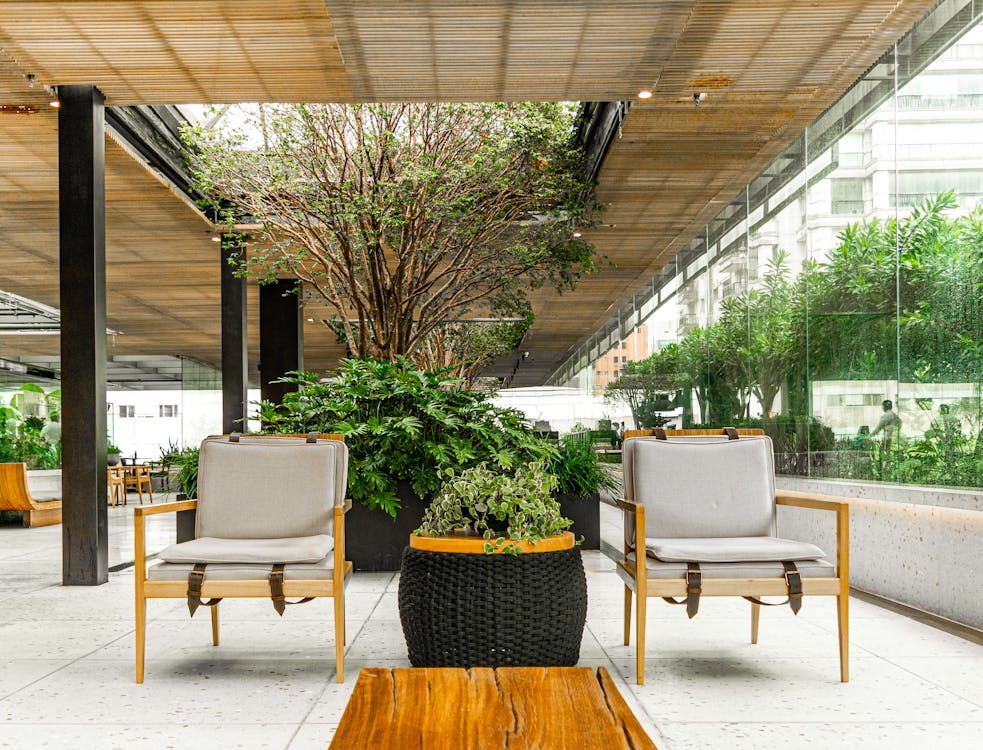 Image Credit: Pexels
Image Credit: Pexels
Bountiful Biophilic Design.
Biophilia is a concept that suggests human beings have an evolutionary inclination to commune with nature. Biophilia explains our biological tendency and desire to connect with natural elements – water, air, and earth. By increasing our connection and proximity to the natural world, biophilic design is said to improve both mental and physical health, as well as encourage productivity and peacefulness.
 Image Credit: Pexels
Image Credit: Pexels
Benefits of Incorporating Nature into Architecture.
Human health benefits are a major reason biophilic design continues to grow in popularity. According to the Center for Innovative Public Health Research, incorporating nature into architecture can provide the following health benefits:
- Reduced stress levels
- Reduced pollution and cleaner air
- Lower noise levels
- Creativity boost
- Increased productivity
Biophilic design can also be an effective measure in response to climate change, innovation, and mental well-being. Green infrastructure can help lower CO2 emissions, increase plant and wildlife biodiversity, and regulate the temperature of buildings – making it an efficient and sustainable design choice.
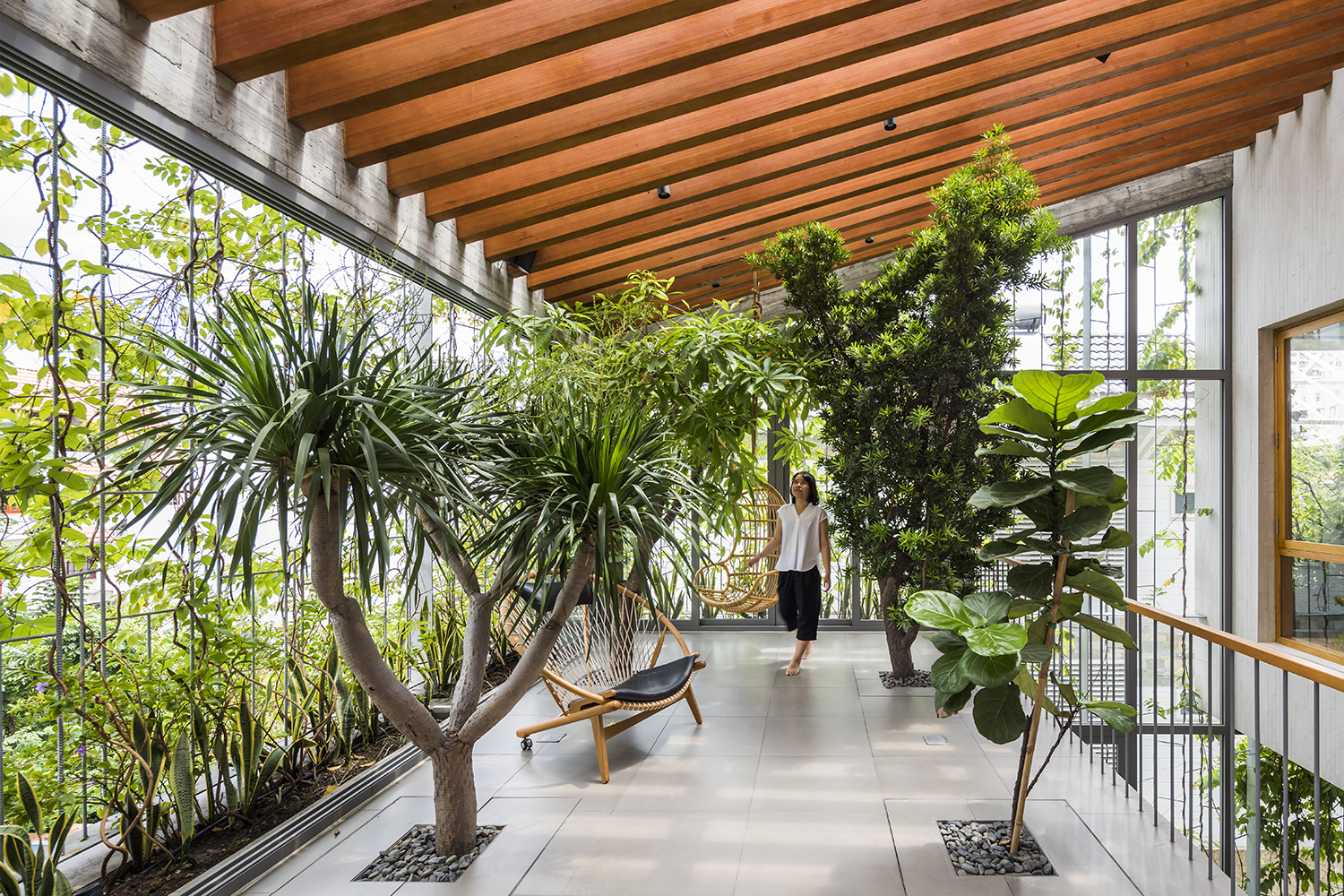 Image Credit: ArchDaily
Image Credit: ArchDaily
Sustainable Materials and Construction.
Climate concern and eco-responsibility go hand-in-hand with biophilic design. The natural world must be protected if we hope to continue to enjoy its benefits. Incorporating nature with architecture is an inherently eco-friendly project where the symbiosis with nature can have a positive impact on the environment as well as the occupants. Using up materials already in existence like natural wood and stone, is a central pillar of biophilic design that can be “neurologically nourishing” and supportive of the human-nature connection.
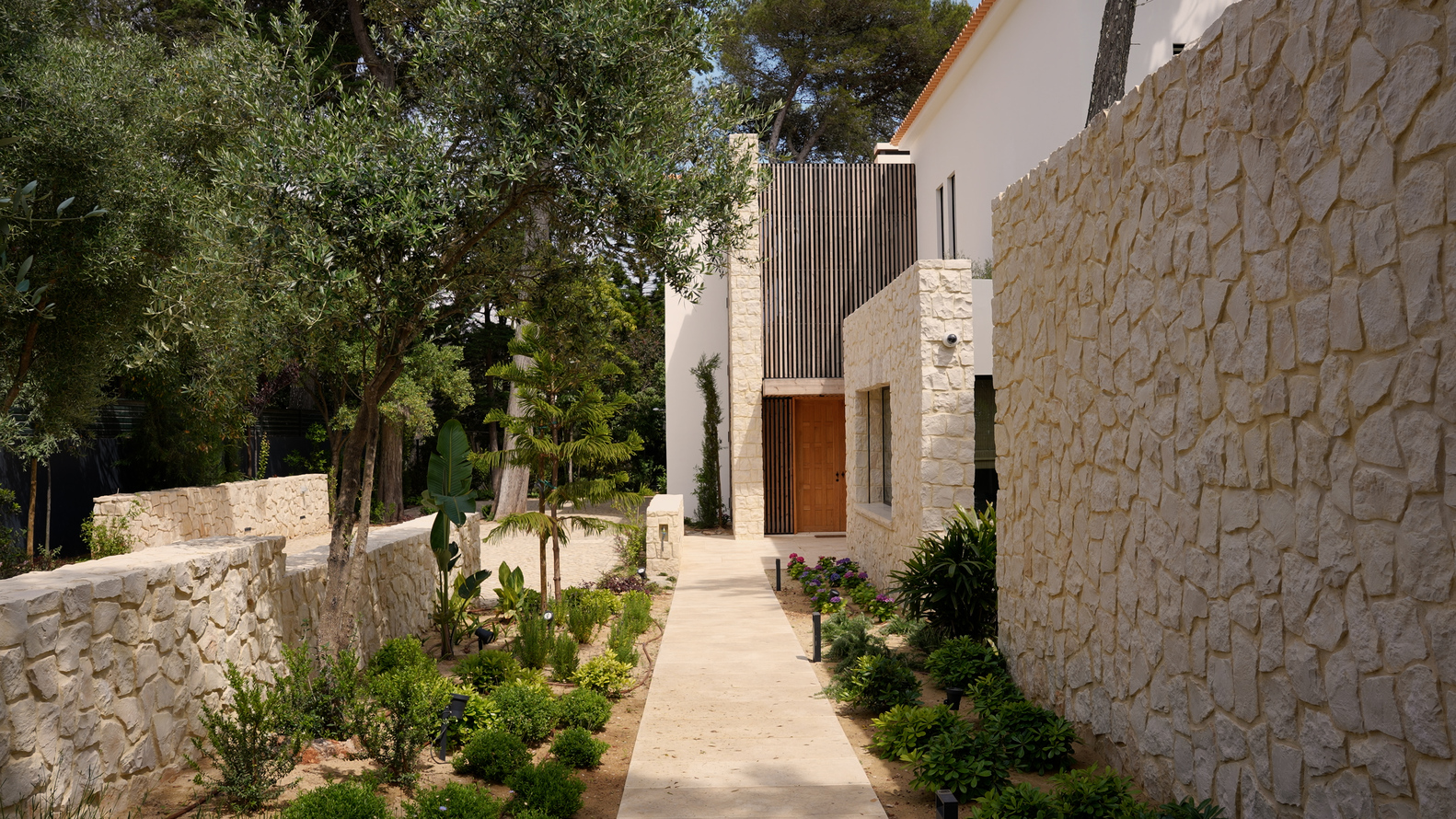 Image Credit: ArchDaily
Image Credit: ArchDaily
Natural Light in Architectural Design.
The element of natural light is virtually synonymous with biophilic design. One of the easiest ways to incorporate nature in architecture is to increase the presence of healthy sunlight. Natural light helps bring together the exterior and interior to form a unified, cohesive, and more inviting space filled with warmth. Exposure to natural light also helps people regulate their circadian rhythm and create a healthier connection with the environment.
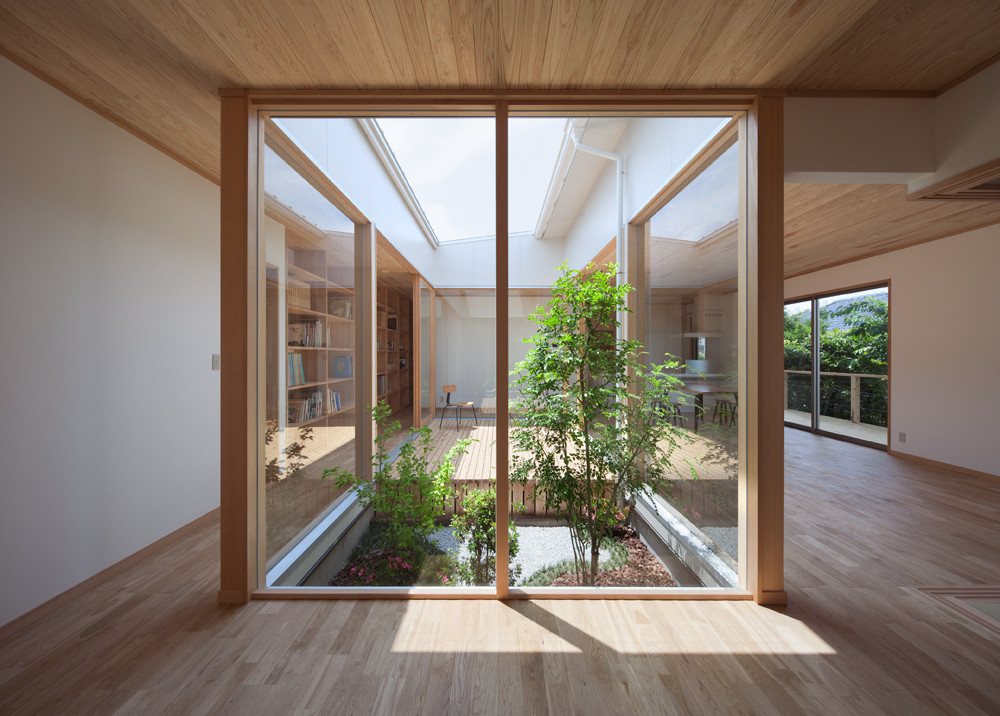 Image Credit: ArchDaily
Image Credit: ArchDaily
Water Features in Architecture.
The evidence of the positive effects that being in proximity to water has on people’s emotional and physical health is astounding. This is why it’s no surprise that water systems are a highly popular solution to environmental as well as emotional challenges. Water features invite a place of gathering, community, playfulness, and serenity – all crucial to human well-being. Designers are also aware of the valuable fluidity that comes with water systems; their ability to animate solid surfaces and enhance the spatial ambiance.
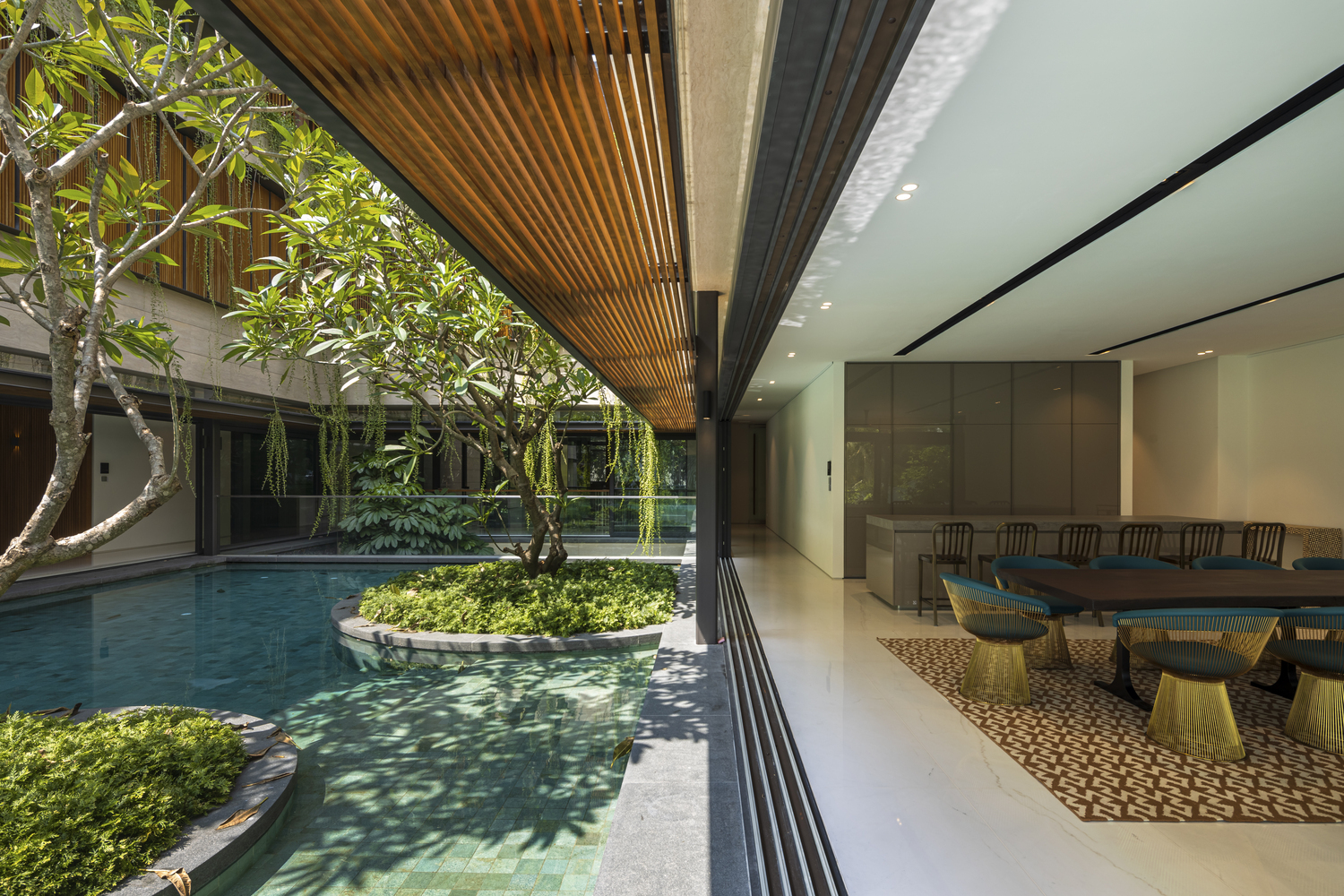 Image Credit: ArchDaily
Image Credit: ArchDaily
Indoor-Outdoor Transitions.
A guiding principle in biophilic design is merging the interior and exterior, and making the distinction between the two less overt. Certain design elements are especially well-suited to fuse indoor and outdoor spaces. By including patterns and shapes that occur in nature such as scalloped detailing, botanical motifs, spheres, and waves, you are able to make more seamless indoor-outdoor transitions which deepen the human-nature connection in your space.
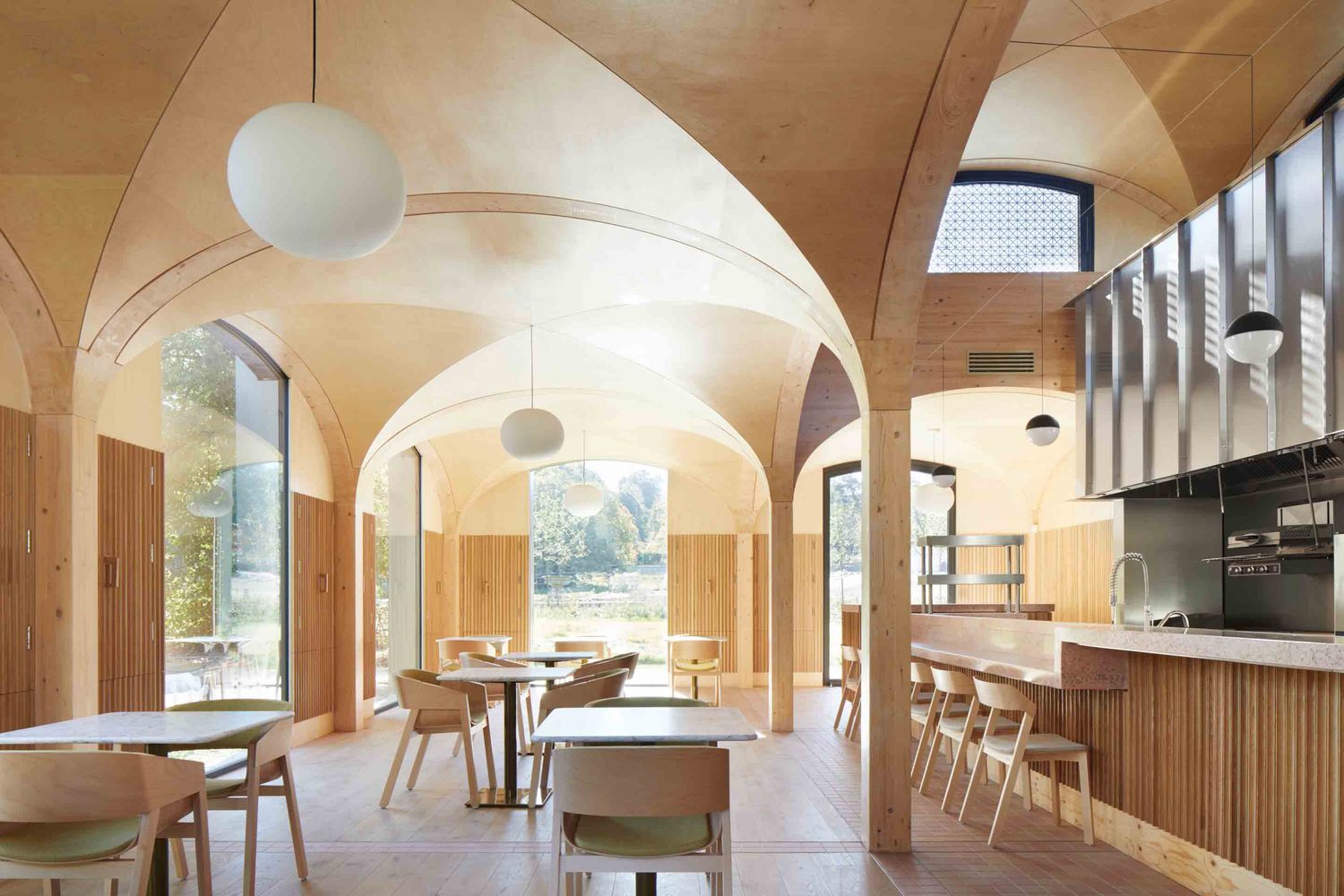 Image Credit: ArchDaily
Image Credit: ArchDaily
The possibilities are endless when it comes to creating a space that incorporates nature. Let Widler Architecture help you build the natural abode of your dreams!
